Why don't movies have intermissions?
They should!

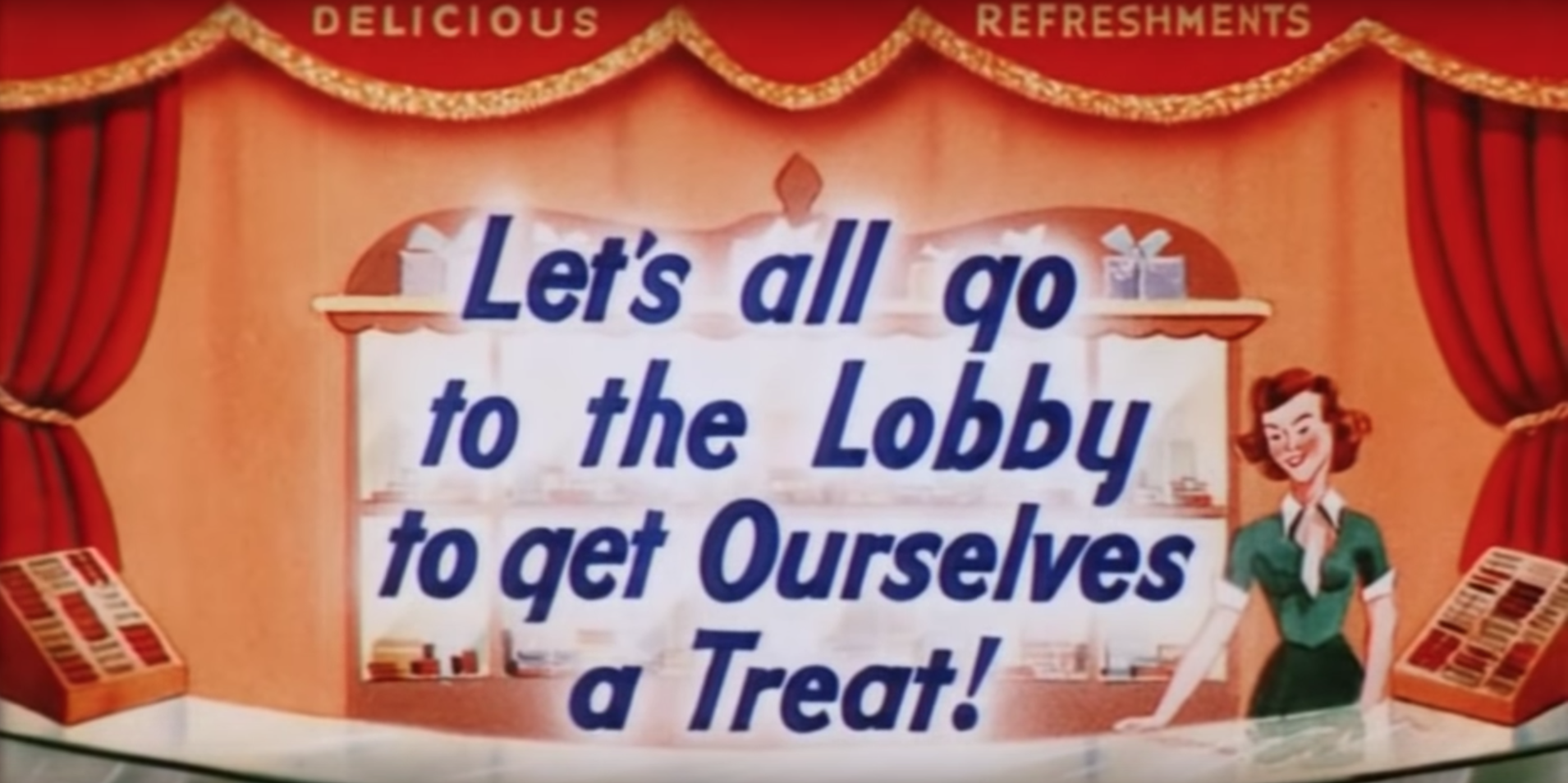
Forty-five minutes into watching First Man, I decided I wanted popcorn.
My seat neighbor had been making impressive headway through his personal bucket and I was having deep regrets about not swinging by the counter on my way into the theater. But I did not get up. I just couldn't. By the time I'd have exited the theater, clambered down the escalator, paid for my popcorn, and made my way back to my seat (disturbing an entire row of people), I'd have missed at least 10 minutes of a movie that cost $21.99 a seat. I might have even missed the moon landing.
Why must we moviegoers suffer so? After all, the solution is simple: If we had movie intermissions in America, I could have had my popcorn, seen one small step for man, and we'd all have gone home happy.
The Week
Escape your echo chamber. Get the facts behind the news, plus analysis from multiple perspectives.

Sign up for The Week's Free Newsletters
From our morning news briefing to a weekly Good News Newsletter, get the best of The Week delivered directly to your inbox.
From our morning news briefing to a weekly Good News Newsletter, get the best of The Week delivered directly to your inbox.
Compared to other countries, the U.S. is uniquely intermission-averse. While stateside audiences were once encouraged to stretch their legs at the midway point of gargantuan epics like Gone with the Wind, Ben-Hur, Lawrence of Arabia, and 2001: A Space Odyssey, it is much rarer to find intermissions in modern movies. There was one in 2014's The Hateful Eight if you saw it on the "roadshow," although the practice mostly died off in the mainstream with Gandhi in 1982. Meanwhile, mid-movie intervals are alive and well overseas, from Iceland to Turkey to India.
India's Bollywood films are structured in halves, and are so tightly framed around the assumption of an intermission that when they omit the break, it makes headlines. A 10-minute break isn't an interruption when it is literally built into the movie. No one complains about intermissions in staged plays and operas, after all. That structured break is expected by the audience.
Going to the movies should be an occasion. Now that most new movies can be streamed from your couch, sometimes even on the day they come out, theaters no longer serve the mere utilitarian purpose of delivering the most recent studio features to your eyeballs. To compete with the temptation of staying in, going to the movie theater needs to be regarded as an "event," something you plan for the sake of the experience when you could have instead chilled on the couch. Then, if you do decide to spend $17 on a movie ticket (RIP MoviePass) to see an improperly masked film at the local AMC, the least the theater can do is give you a break an hour into Aquaman to pee, refill your popcorn, and talk about shirtless Jason Momoa with your friends. Done just right, the intermission can even be a tool of suspense, as it is in live theater.
Intermissions are good for the industry, too. Movie theaters make around 85 percent of their profit from concessions, and a midway break for people to double up on their frozen Cookie Dough Bites will help the struggling industry. While the downside to intermissions is that the extra time prevents theaters from cramming more screenings into their day, it also creates more revenue via people like me who spend the first half of a movie listening to a neighbor eat popcorn and regretting not partaking oneself.
A free daily email with the biggest news stories of the day – and the best features from TheWeek.com
Going to the movies shouldn't be an endurance test; I can sit through a three-hour movie without an intermission, but that doesn't mean I want to. It isn't even healthy to sit for the average Hollywood runtime! Plus, as a wise man once said, "the length of a film should be directly related to the endurance of the human bladder," an issue that is circumvented by breaks. Theaters like the Alamo Drafthouse and iPic have built empires off the understanding that people will pay more to make the experience of sitting in a dark room for long periods of time physically pleasant. Independent theaters and multiplexes alike don't have to completely remodel to compete — I don't mind stretching my legs to get food myself when the movie is the two-hour-and-ten-minute-long Mary Poppins sequel.
Let's all go to the lobby!
Jeva Lange was the executive editor at TheWeek.com. She formerly served as The Week's deputy editor and culture critic. She is also a contributor to Screen Slate, and her writing has appeared in The New York Daily News, The Awl, Vice, and Gothamist, among other publications. Jeva lives in New York City. Follow her on Twitter.
-
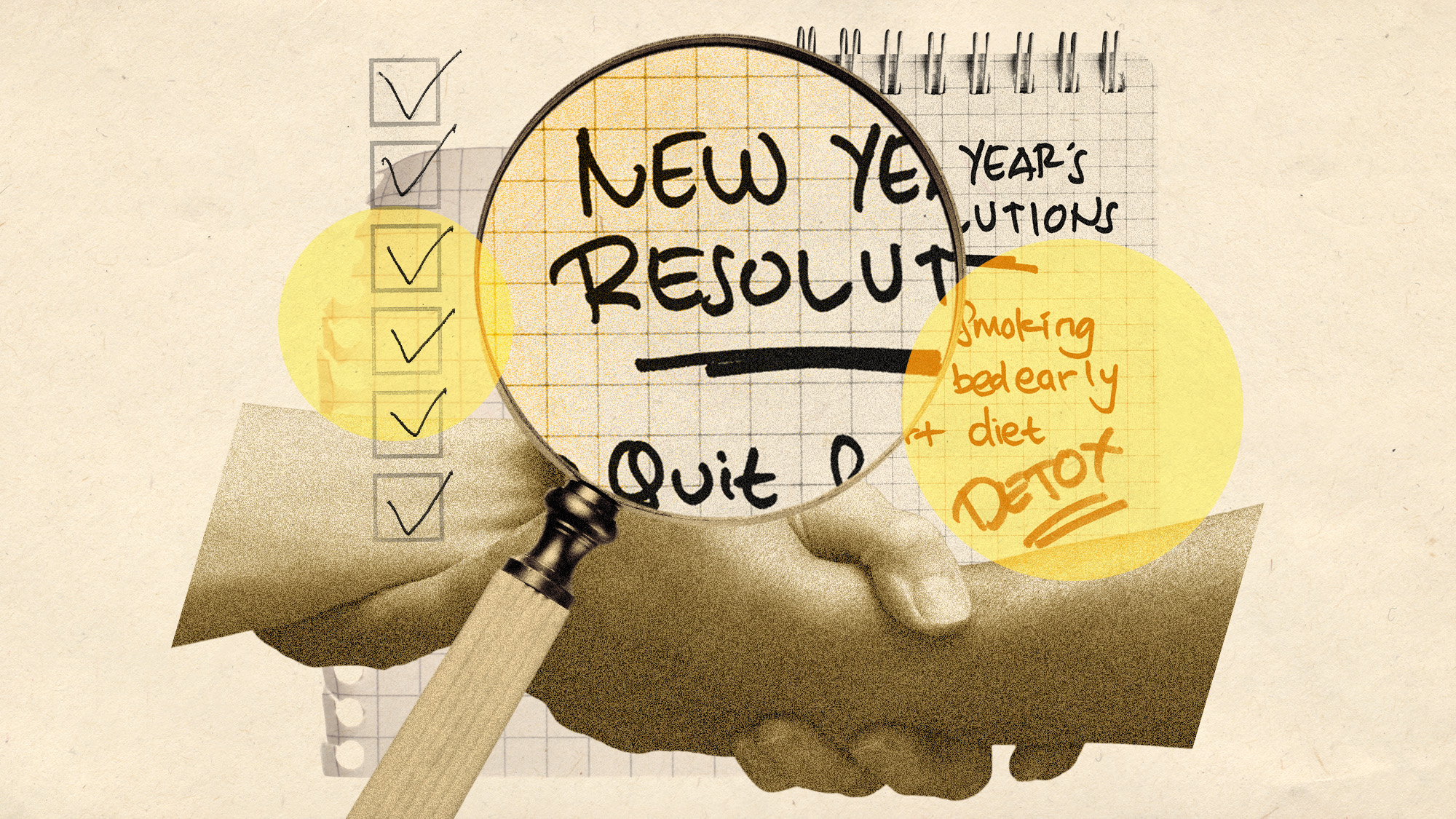 Why are micro-resolutions more likely to stick?
Why are micro-resolutions more likely to stick?In the Spotlight These smaller, achievable goals could be the key to building lasting habits
-
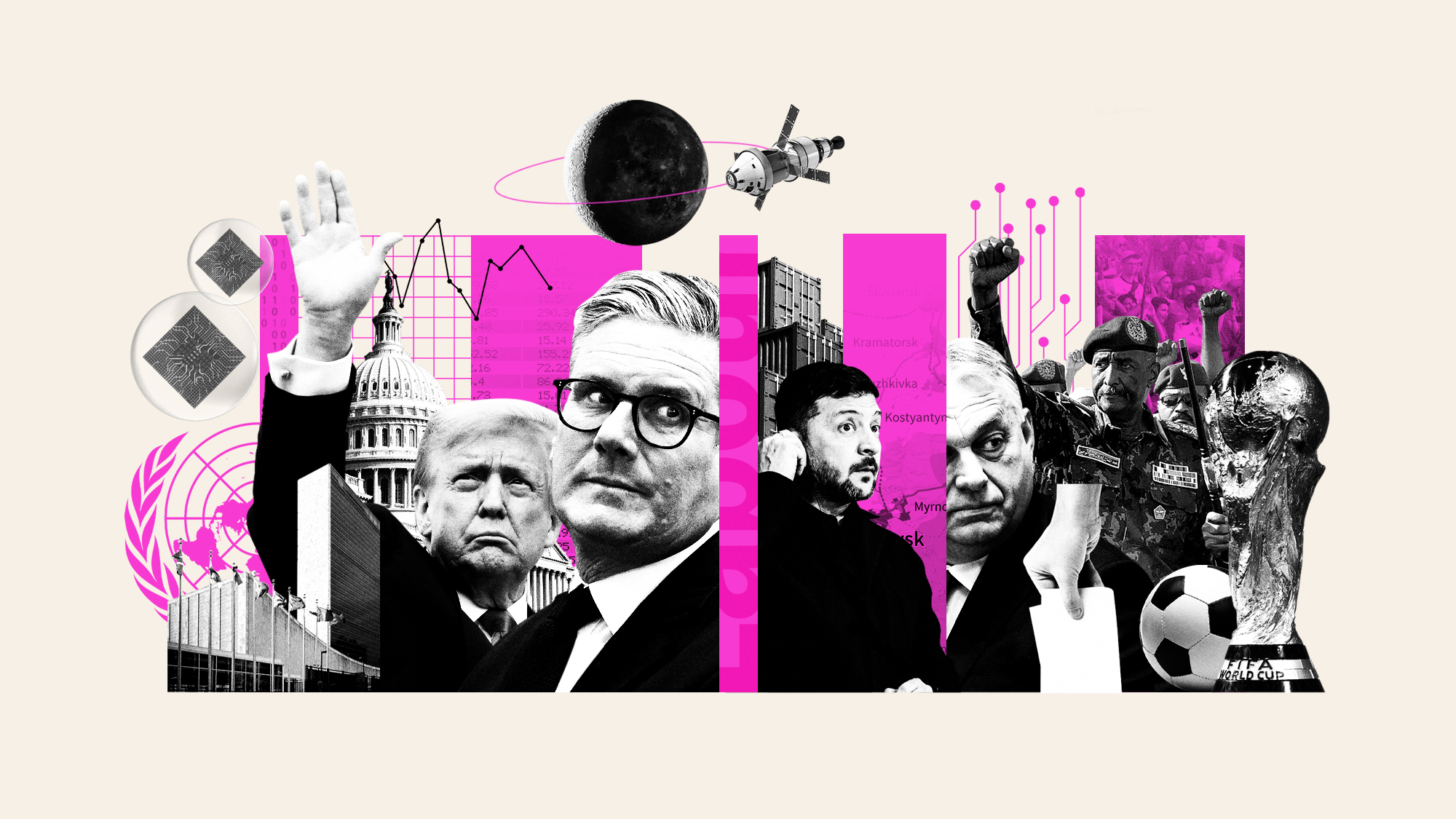 What will happen in 2026? Predictions and events
What will happen in 2026? Predictions and eventsIn Depth The new year could bring peace in Ukraine or war in Venezuela, as Donald Trump prepares to host a highly politicised World Cup and Nasa returns to the Moon
-
 Why is Trump’s alleged strike on Venezuela shrouded in so much secrecy?
Why is Trump’s alleged strike on Venezuela shrouded in so much secrecy?TODAY'S BIG QUESTION Trump’s comments have raised more questions than answers about what his administration is doing in the Southern Hemisphere
-
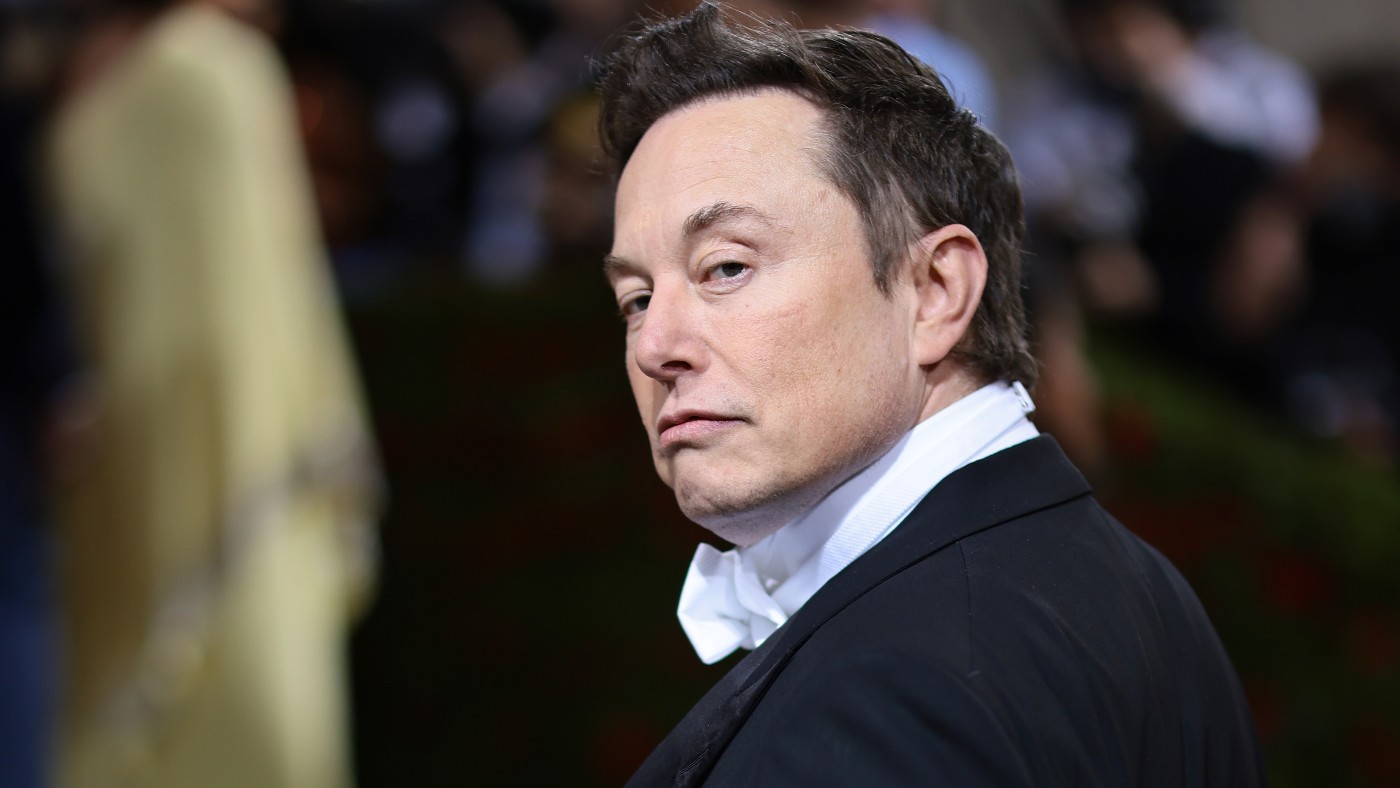 Walter Isaacson's 'Elon Musk' can 'scarcely contain its subject'
Walter Isaacson's 'Elon Musk' can 'scarcely contain its subject'The latest biography on the elusive tech mogul is causing a stir among critics
-
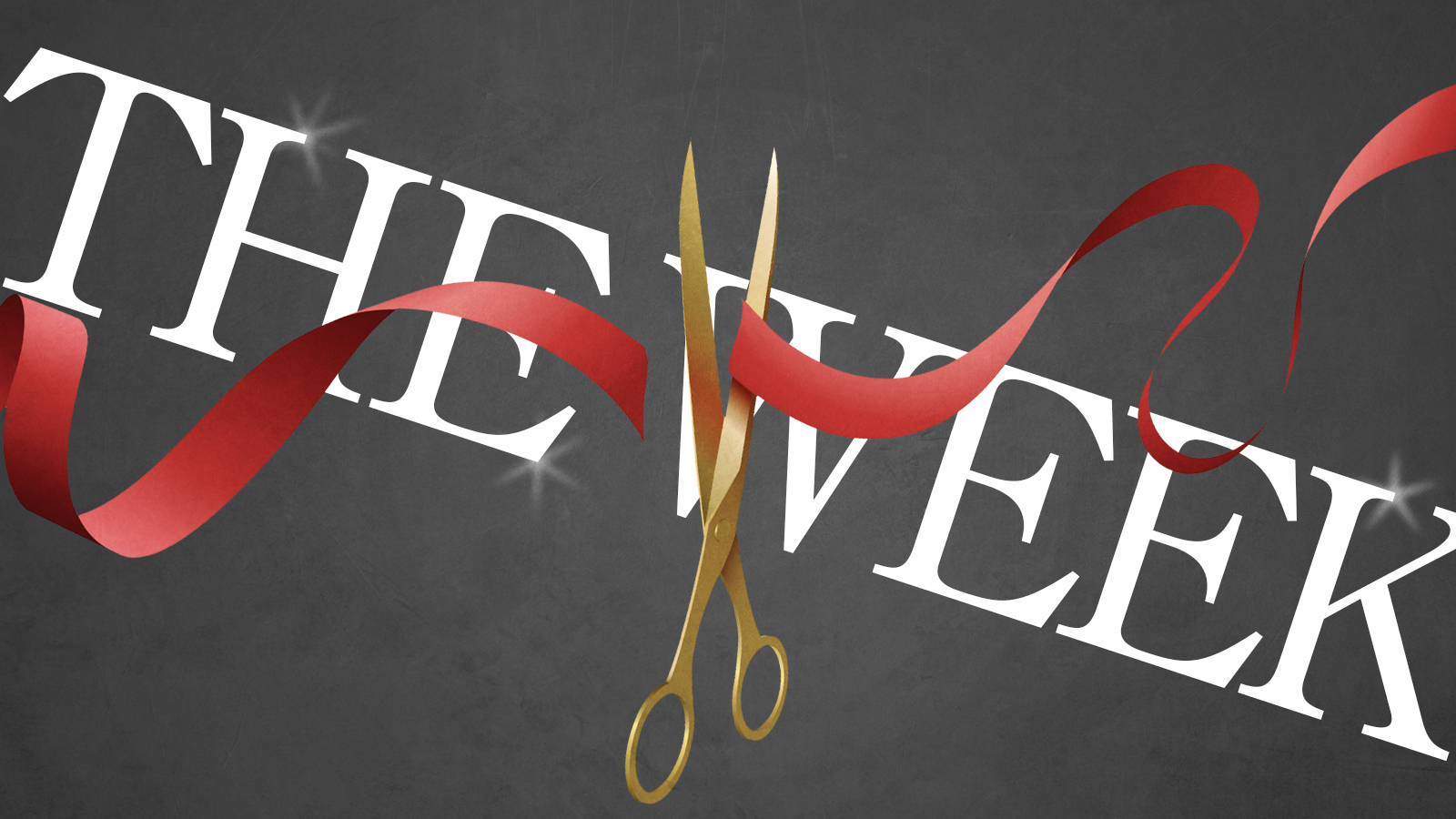 Welcome to the new TheWeek.com!
Welcome to the new TheWeek.com!The Explainer Please allow us to reintroduce ourselves
-
 The Oscars finale was a heartless disaster
The Oscars finale was a heartless disasterThe Explainer A calculated attempt at emotional manipulation goes very wrong
-
 Most awkward awards show ever?
Most awkward awards show ever?The Explainer The best, worst, and most shocking moments from a chaotic Golden Globes
-
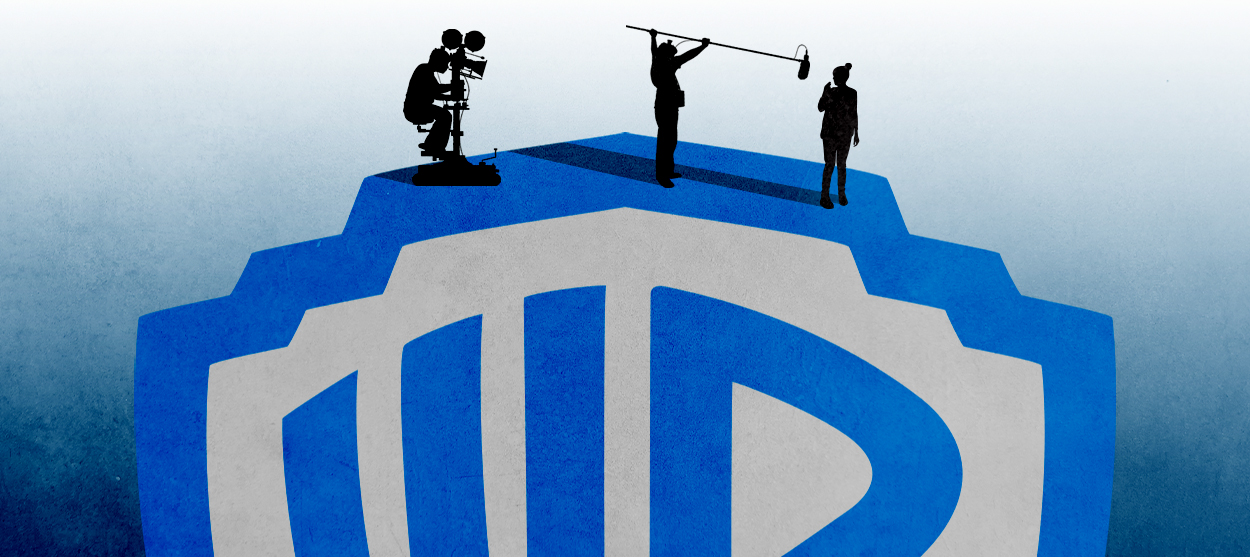 The possible silver lining to the Warner Bros. deal
The possible silver lining to the Warner Bros. dealThe Explainer Could what's terrible for theaters be good for creators?
-
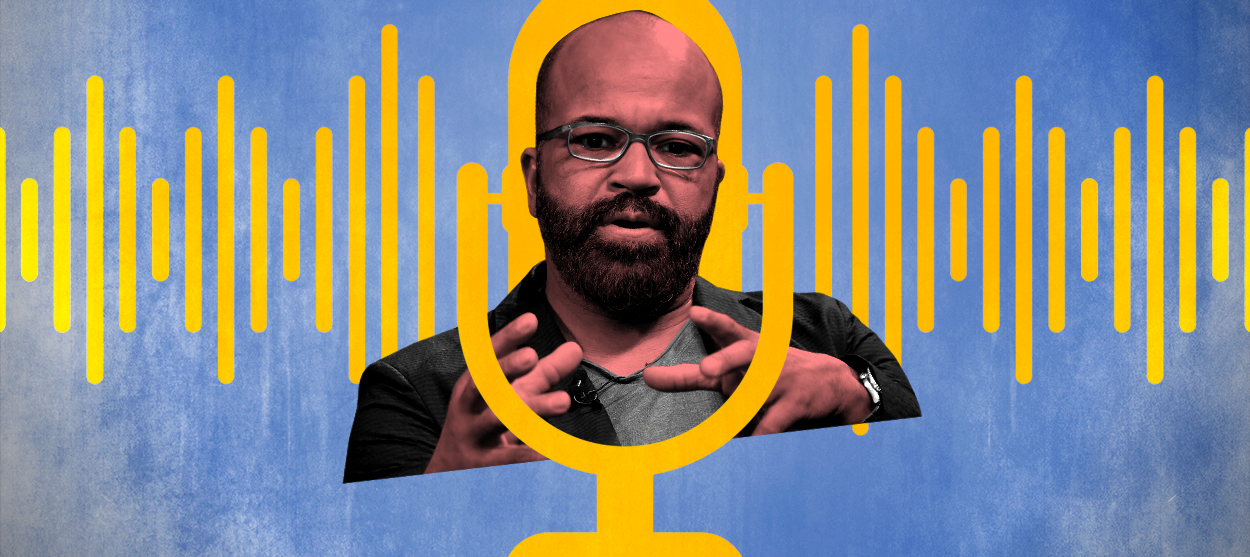 Jeffrey Wright is the new 'narrator voice'
Jeffrey Wright is the new 'narrator voice'The Explainer Move over, Sam Elliott and Morgan Freeman
-
 This week's literary events are the biggest award shows of 2020
This week's literary events are the biggest award shows of 2020feature So long, Oscar. Hello, Booker.
-
 What She Dies Tomorrow can teach us about our unshakable obsession with mortality
What She Dies Tomorrow can teach us about our unshakable obsession with mortalityThe Explainer This film isn't about the pandemic. But it can help viewers confront their fears about death.
